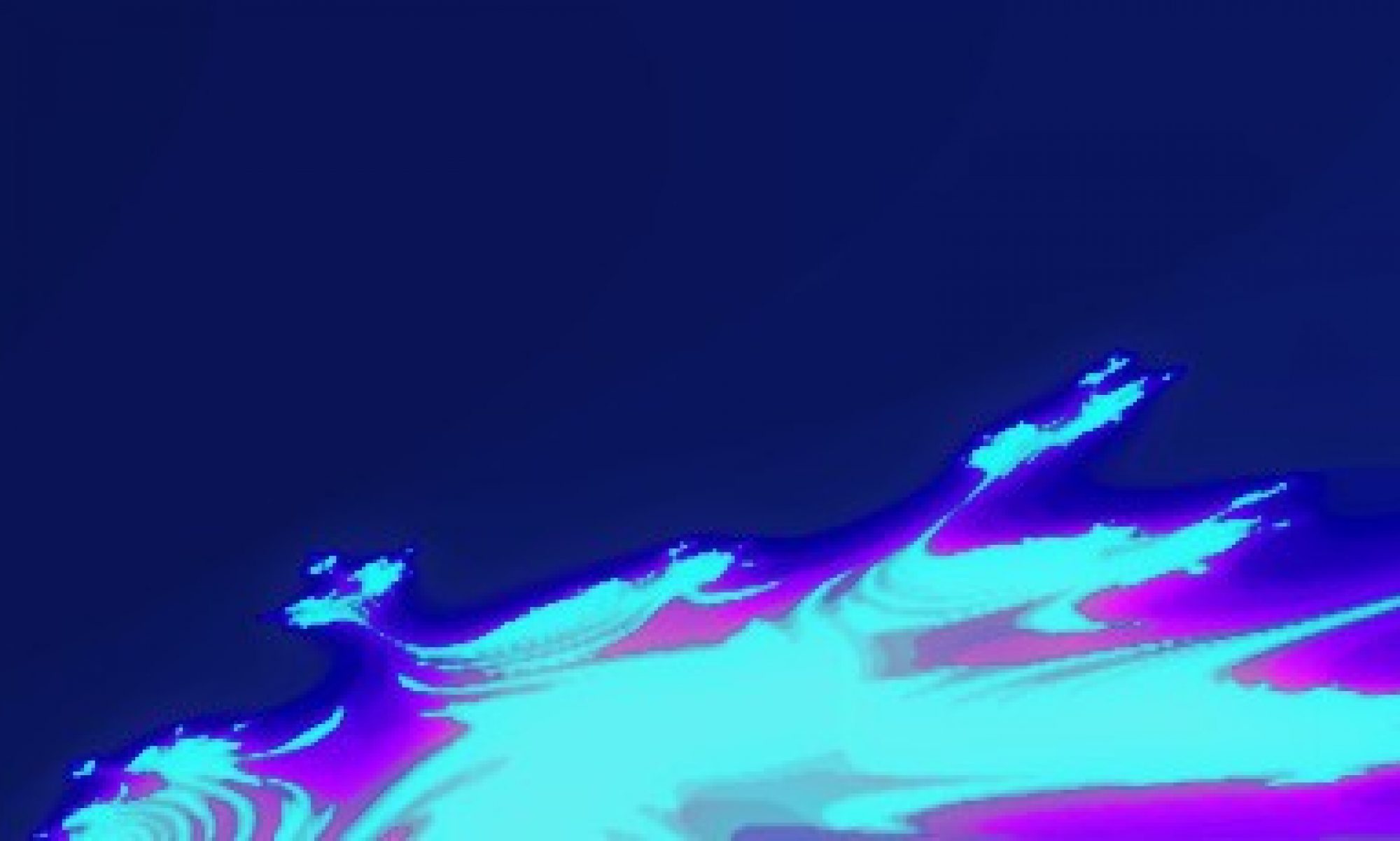After reviewing the Behringer VP-1 Vintage Phaser, I pluged the MicroKorg into it. The white noise going through it creates that great Jean-Michel Jarre Oxygene sound you heard in the beginning and end of the review/demo video. The phaser plays great with some of the factory presets, specially those on the SE/Hit section.
Not only does it sound great, it inspired me to record some riffs, I then started improvising on top of them and then it came the time when I decided to actually put some music sheet in front of me and write the melody and chord sequence. This took me about a week, just to make the chords work with the riff, then place a D Dorian melody on top of it (with a small modulation to D minor).
Finally it came to recording, and this was how it went: first I recorded the riff (MicroKorg+VP1) to a metronome, then the Streichfett, also with a metronome and the riff track muted. In third place, I recorded the Volca Bass to a metronome and the Streichfett. I took a Y cable coming out from the Volca Bass: one of the ends end directly to my audio interface, and the other went through my Behringer FM600. This gave me dry and wet tracks I could mixture to my pleasure later on. Then I moved on to recording one voice at a time from my Volca Beats. Finally, the MicroBrute was recorded to all the previously recorded tracks, with a little bit of delay, courtesy of the Nux Time Core… And then I had to re-record the MicroKorg riff, because some sections where out of time (I could use a sequencer, but I prefer manual recording).
The mixing stage took me quite a while, and several versions were made… this is usually the untold part of recording: you have to try a metric ton of stuff to be able to serve the artistic purpose. I’m still not completely sold on the current mix, by it sounds nice to my ears.
